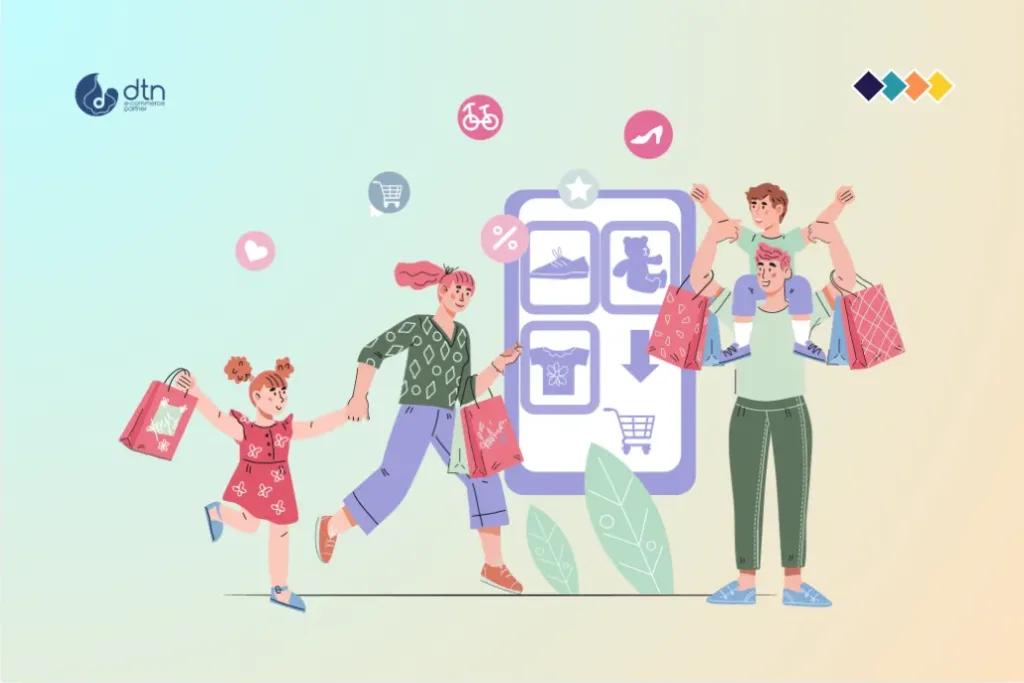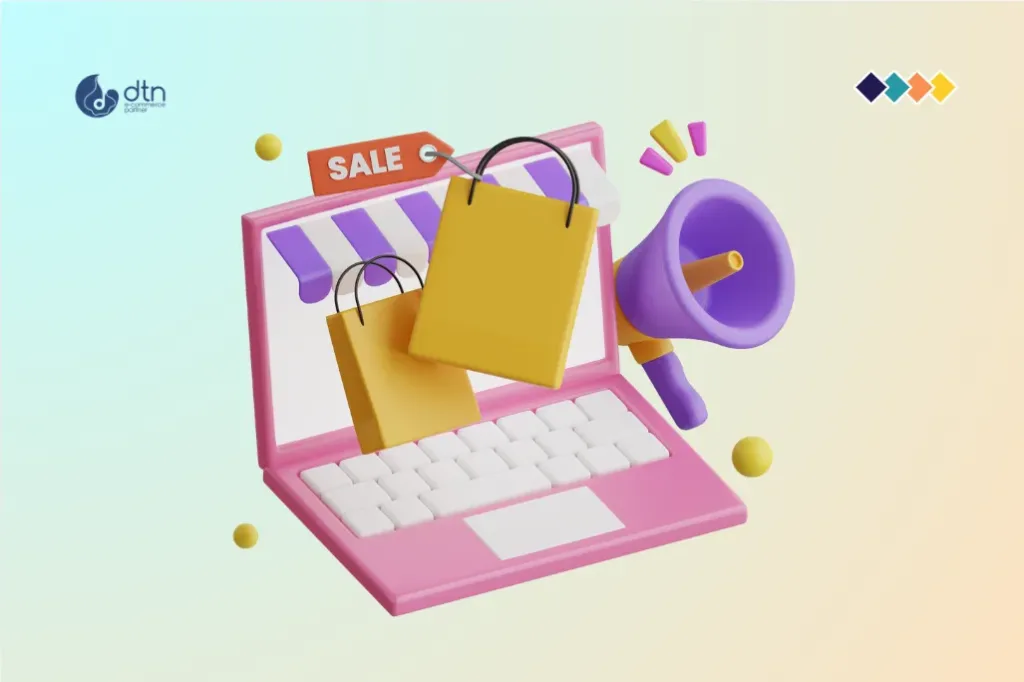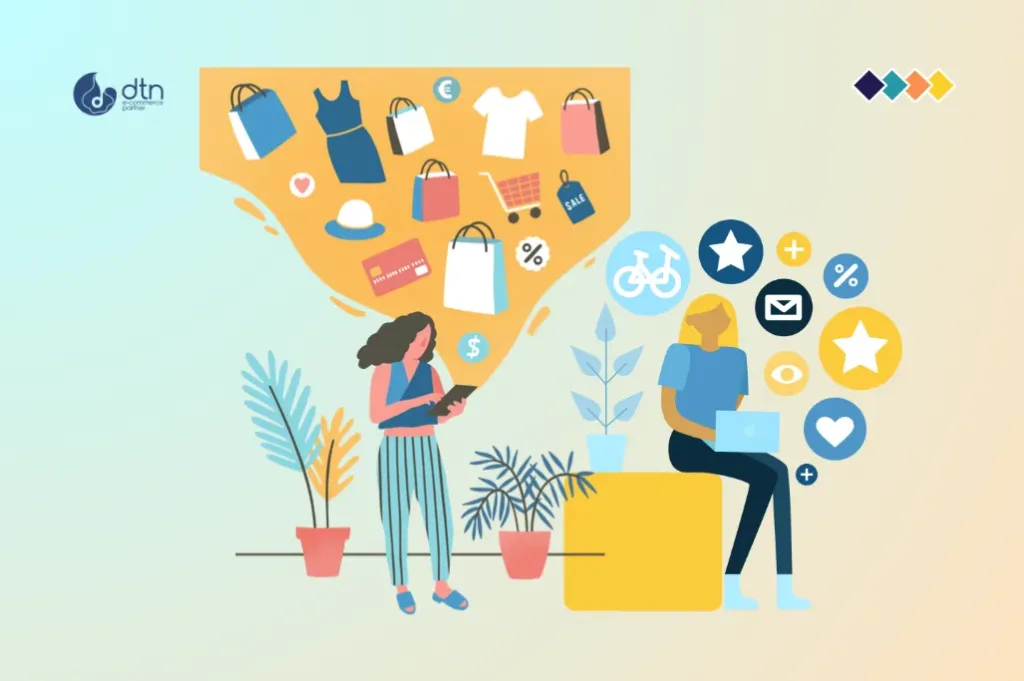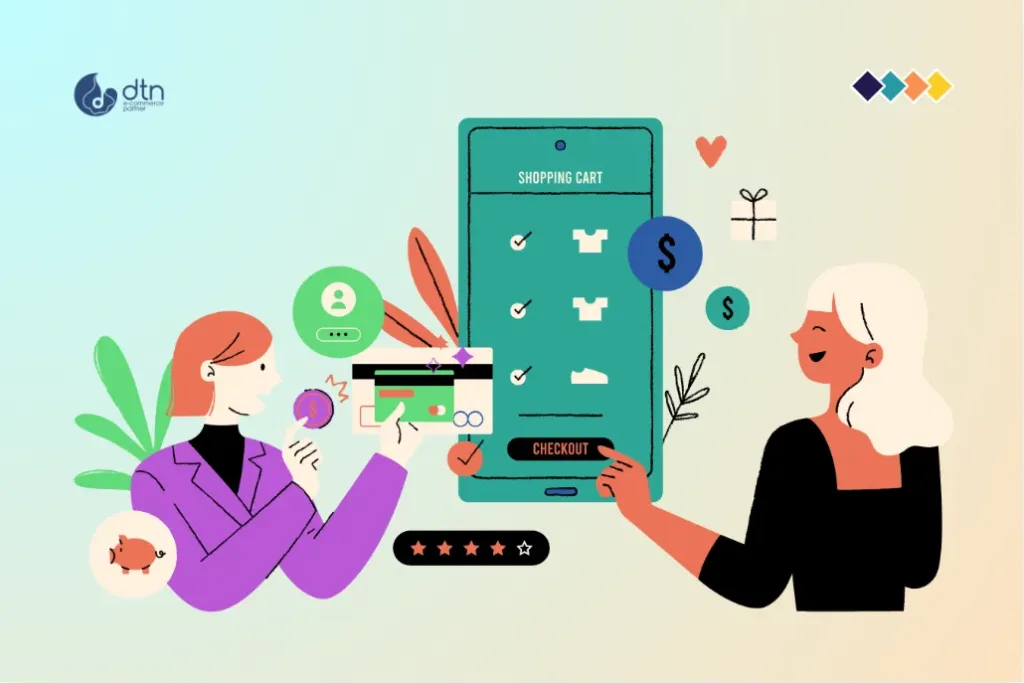We’re no longer just browsing products on Instagram or TikTok; we’re engaging with communities, seeking recommendations, and making purchases all within the same digital space. This shift has brought about a new era of social e-commerce, where brands and consumers interact in ways previously unimaginable.
One of the most exciting developments within this space is the rise of collaborative shopping features. These tools are transforming the way we discover, share, and purchase products, fostering a sense of community and making online shopping more engaging and personalized.
Table of Contents
What are Collaborative Shopping Features?
Think of collaborative shopping features as the “social” element injected into your online shopping experience. Instead of browsing in isolation, these features enable you to:
- Share products with friends and family: Imagine effortlessly sending a link to a cute dress you found on a friend’s Instagram story or creating a shared wishlist with your partner for a upcoming vacation.
- Create group shopping lists: Planning a potluck or birthday party? Collaborative features allow you to easily share a list with your friends, ensuring everyone contributes to the success of the event.
- Get real-time recommendations from trusted sources: Ever struggled with choosing between two similar products? Collaborative features offer you access to reviews, recommendations, and opinions from your friends and family, making the decision-making process easier.
- Join shopping communities: Connect with like-minded individuals who share your interests and passions. Platforms like Pinterest and TikTok are already hosting thriving communities built around fashion, beauty, travel, and more.
- Participate in group buying and flash sales: Leverage the power of collective buying to secure exclusive discounts and offers. Collaborative features often act as a platform for group purchases, allowing you to access better deals with your friends.

Benefits of Collaborative Shopping Features for Brands
For businesses, collaborative shopping features offer a plethora of benefits:
- Increased brand awareness and engagement: By encouraging social sharing and interaction around products, brands can reach new audiences and amplify their reach within online communities.
- Improved customer acquisition and retention: The trust and recommendations generated through social interactions can lead to higher conversion rates and stronger customer loyalty.
- Data-driven insights: Collaborative features provide valuable data on consumer preferences, trends, and purchasing habits, allowing brands to refine their marketing strategies and product offerings.
- Enhanced customer experience: By fostering a sense of community and personalization, brands can create a more engaging and enjoyable shopping experience for their customers.

Examples of Collaborative Shopping Features in Action
Many social e-commerce platforms are already incorporating innovative collaborative features:
- Instagram Shopping: Allows users to tag products in posts and stories, making it easier to discover and purchase items.
- Pinterest Lens: Enables users to take a photo of an object and find similar products on the platform, allowing for effortless inspiration and discovery.
- TikTok Shop: Enables brands to sell products directly through the platform, leveraging the power of short-form videos and viral trends.
- Facebook Marketplace: Facilitates local buying and selling, offering a platform for users to connect with their community and find unique deals.
Groupons and LivingSocial: Platforms that leverage group purchasing power to secure deals and discounts on everything from restaurant meals to travel packages.

The Future of Collaborative Shopping
The future of social e-commerce is bright, with collaborative shopping features poised to become even more integrated and sophisticated.
- Increased personalization: Expect more personalized recommendations and curated shopping experiences, driven by AI and machine learning algorithms.
- AR/VR integration: Immersive technologies like augmented reality (AR) and virtual reality (VR) will allow consumers to visualize products in real-world settings before purchasing, further enhancing the collaborative shopping experience.
- Integration with voice assistants: Expect to see seamless integration with voice assistants like Alexa and Google Assistant, allowing consumers to shop hands-free through voice commands.
- Expansion of social commerce platforms: New platforms and features will emerge, catering to niche communities and specific interests.

Conclusion
Collaborative shopping features are changing the way we shop, making the online experience more social, engaging, and personalized. As technology evolves and social media continues to dominate our lives, we can expect these features to become even more integral to the future of e-commerce. Whether it’s sharing wishlists with friends, discovering hidden gems through recommendations, or joining shopping communities built around shared interests, the future of shopping is collaborative and exciting.
Frequently Asked Questions
We’ve compiled a list of answers to common questions.
What exactly are collaborative shopping features in social e-commerce?
Collaborative shopping features are tools that allow users to share products, create group shopping lists, get real-time recommendations, and participate in group buying, all within a social e-commerce environment.
How do collaborative shopping features benefit consumers?
These features make online shopping more social and interactive, allowing consumers to seek opinions, share experiences, and make purchasing decisions with input from friends, family, and communities.
How can brands leverage collaborative shopping features to increase engagement?
Brands can encourage social sharing and interaction around their products, leading to increased brand awareness, customer engagement, and stronger loyalty through personalized and community-driven shopping experiences.
What are some examples of platforms that incorporate collaborative shopping features?
Examples include Instagram Shopping, Pinterest Lens, TikTok Shop, Facebook Marketplace, and group buying platforms like Groupons and LivingSocial.
What trends are expected in the future of collaborative shopping in e-commerce?
Future trends include increased personalization through AI, integration of AR/VR for immersive shopping experiences, voice assistant integration, and the emergence of new social commerce platforms catering to niche communities.



